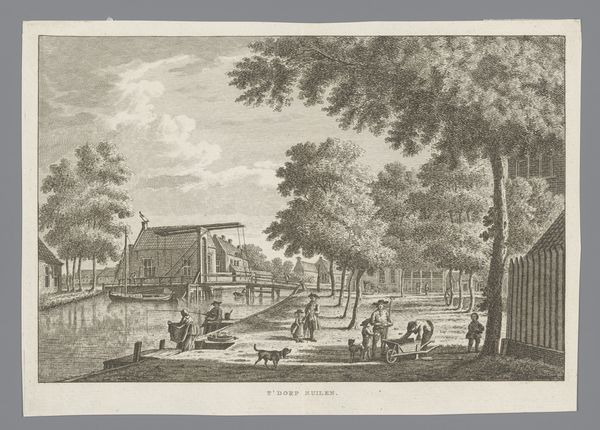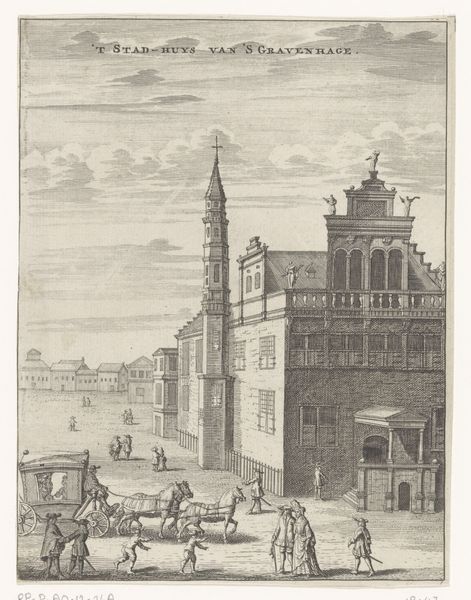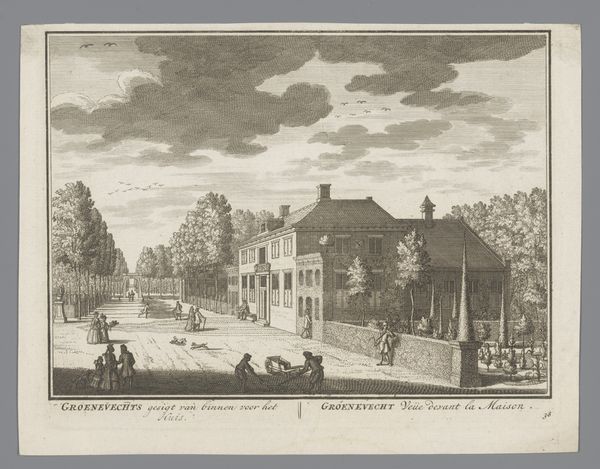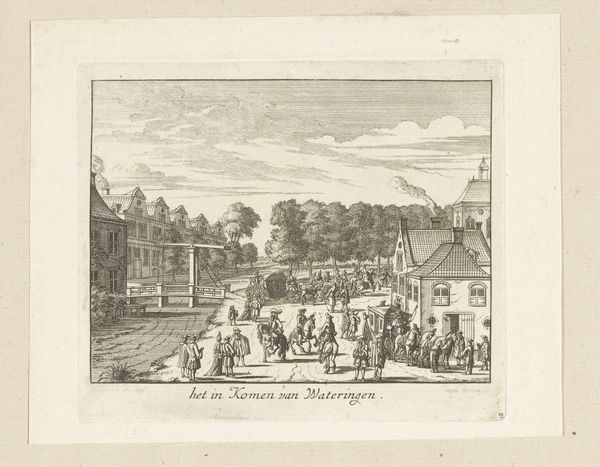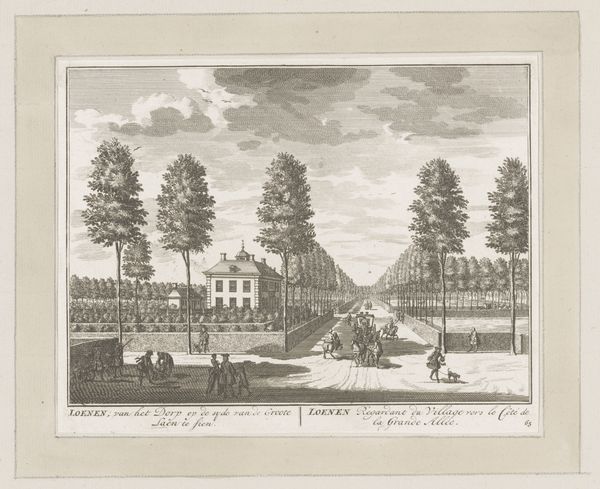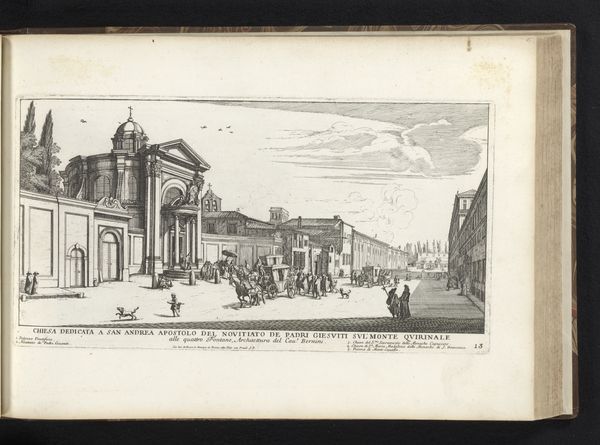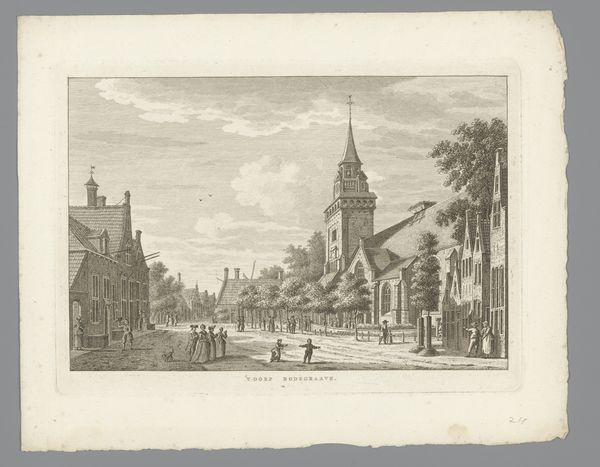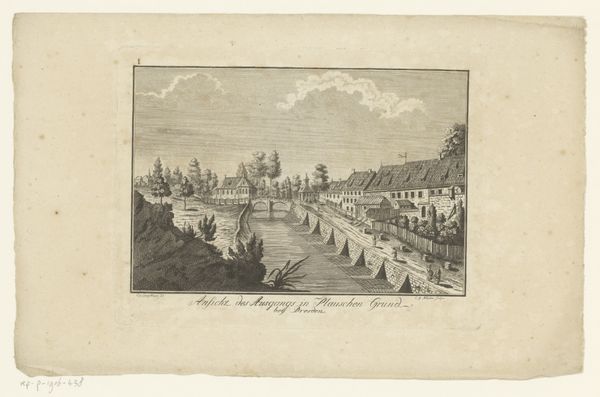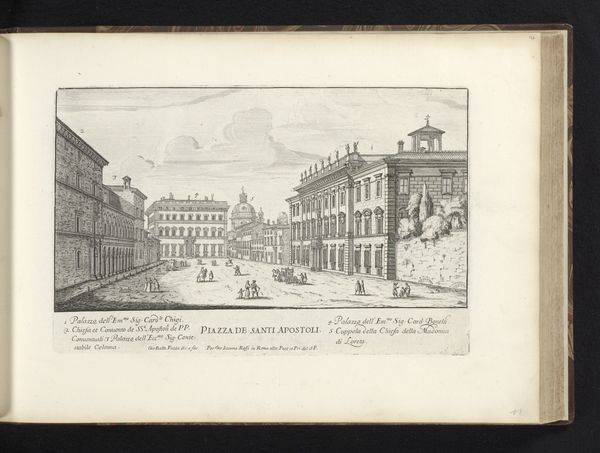
print, etching, engraving
#
baroque
# print
#
etching
#
old engraving style
#
landscape
#
pen-ink sketch
#
line
#
cityscape
#
engraving
Dimensions: height 233 mm, width 368 mm
Copyright: Rijks Museum: Open Domain
Editor: So, this is Alessandro Specchi’s "Villa Medici en de Trinita dei Monti te Rome," an etching and engraving from 1699. It's fascinating how detailed and expansive the cityscape feels, despite the limitations of the medium. What jumps out to you about it? Curator: This piece offers a powerful glimpse into the socio-political landscape of 17th-century Rome. Beyond just a depiction of the Villa Medici and Trinita dei Monti, it visualizes power structures. Consider, who commissioned this piece and for what purpose? The detailed rendering speaks to the importance of representation and how powerful families like the Medici wanted to project their influence. How does the choice to emphasize certain architectural elements contribute to this projection of power and social order? Editor: That's interesting. I hadn't thought about the power dynamics embedded in the architecture itself. Are you saying that even landscapes like these were tools for social commentary? Curator: Precisely. The arrangement, the prominence of the Villa Medici, even the figures populating the scene—they all speak to a carefully constructed narrative. Think about the relationship between the artist, the patron, and the intended audience. Specchi's choices weren't neutral; he was actively participating in the construction of a visual ideology. Do you notice anything about the figures represented in the image? Are certain groups given more importance? Editor: Now that you mention it, the people seem rather uniform and the architectural elements seem to dominate their representation. This reading opens up a new way to think about the city, and the politics of looking and being seen. Curator: Indeed. Understanding the social context surrounding a work is crucial. Reflecting on the representation of space, power, and identity is a tool that we, as historians and contemporary observers, must deploy when studying visual culture.
Comments
No comments
Be the first to comment and join the conversation on the ultimate creative platform.
